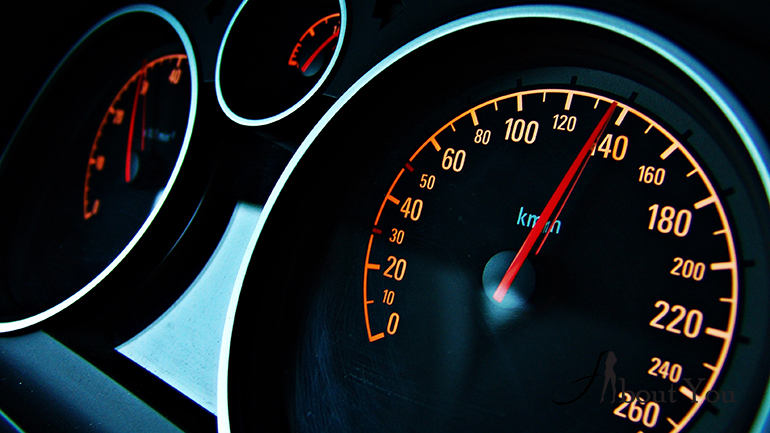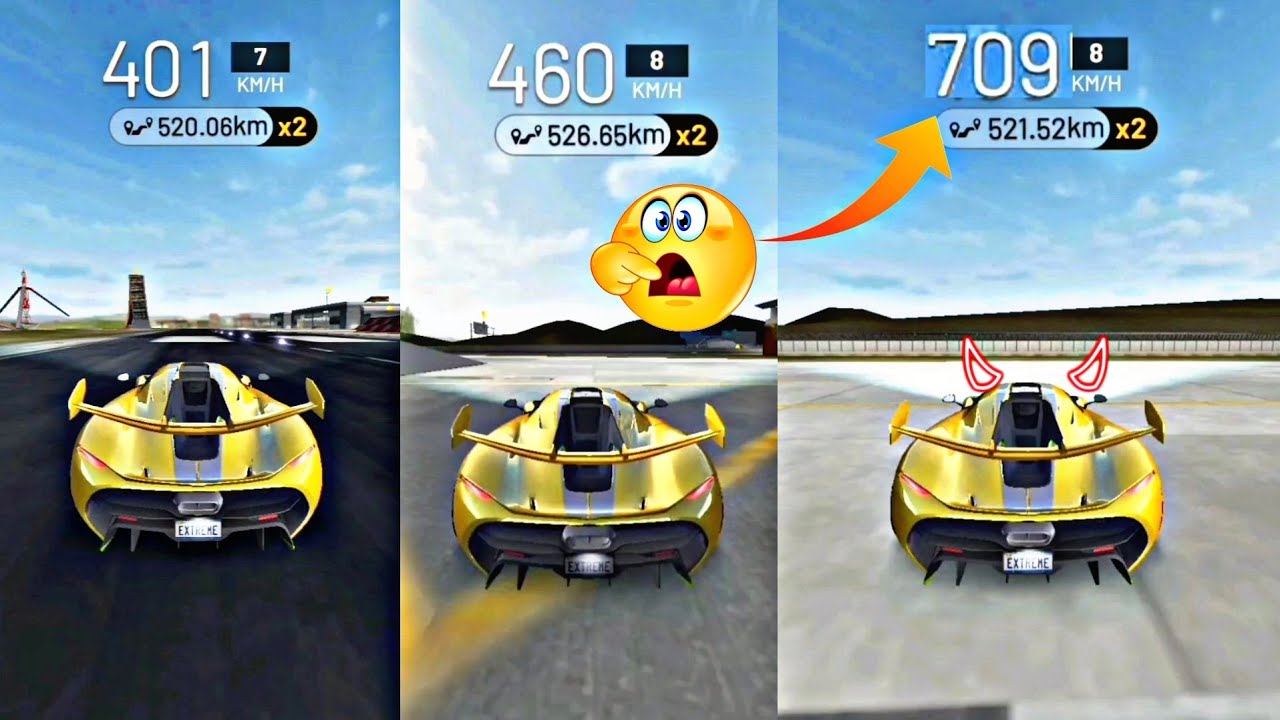Contents
How To Increase Car Top Speed

Executive Summary

Increasing your car’s top speed is a common desire for car enthusiasts, but it requires careful planning and execution. This guide will explore various methods for achieving higher top speeds, focusing on safety, legality, and practical considerations. From optimizing aerodynamics to modifying the engine, we’ll delve into the key aspects of increasing your car’s performance potential. Remember, always prioritize safety and adhere to local laws and regulations when making any modifications to your vehicle.

Introduction
The pursuit of speed is a driving force (pun intended) for many car owners. While factory settings provide a safe and reliable performance, the allure of pushing the limits of your car’s speed can be tempting. However, increasing top speed involves more than just pressing the gas pedal harder. It requires understanding the complex interplay of factors that govern a car’s performance, including engine power, aerodynamics, weight, and tire grip. This guide will explore the methods and considerations involved in maximizing your car’s top speed, empowering you to make informed decisions about your vehicle’s performance.
Frequently Asked Questions
1. Is increasing top speed legal?
In most countries, modifying a vehicle to exceed its factory-specified top speed is illegal. Check local regulations and ensure your modifications comply with legal limits.
2. Is it safe to increase top speed?
Increasing top speed can significantly impact safety. Higher speeds require greater control and stopping distances, increasing the risk of accidents. Always prioritize safety and drive responsibly.
3. What are the common methods for increasing top speed?
Common methods include:
- Engine modifications: Enhancing engine power and horsepower.
- Aerodynamic improvements: Reducing drag and optimizing airflow.
- Weight reduction: Removing unnecessary weight for improved acceleration.
- Tire upgrades: Using high-performance tires for better grip and stability.
Engine Modifications
Engine modifications are the most common and impactful way to increase top speed. By increasing power output, you essentially allow your car to overcome drag more effectively, reaching higher speeds. Here’s what you need to consider:
- Engine Tuning: Adjusting the engine’s electronic control unit (ECU) can optimize fuel injection, ignition timing, and other parameters, increasing horsepower and torque.
- Forced Induction: Adding a turbocharger or supercharger can force more air into the engine, boosting power.
- Exhaust System: Upgrading to a high-flow exhaust system reduces backpressure, improving engine performance and exhaust sound.
- Intake System: Replacing the stock intake with a high-flow intake allows for greater airflow, improving power and throttle response.
Aerodynamics
Aerodynamics play a crucial role in determining a car’s top speed. Reducing drag, the resistance from air, allows the car to reach higher speeds with the same power output. Key factors include:
- Bodywork Modification: Smoothing out the body, adding spoilers, and using a diffuser can reduce drag and increase downforce for better stability at high speeds.
- Underbody Panels: Adding panels to the underbody reduces turbulent airflow and improves aerodynamic efficiency.
- Windshield Angle: Adjusting the windshield angle can minimize wind resistance.
- Wheels and Tires: Using smooth wheels and low-profile tires reduces drag, contributing to better performance.
Weight Reduction
Less weight means faster acceleration and higher top speed. Even a small reduction in weight can significantly impact a car’s performance. Here are some common methods:
- Lightweight Materials: Replacing heavy components with lighter materials, such as aluminum or carbon fiber, can significantly reduce overall weight.
- Remove Unnecessary Items: Removing spare tires, heavy sound systems, and other non-essential items can reduce weight.
- Hollow Components: Using hollow components, like lightweight wheels and seats, can reduce weight without compromising safety.
- Weight Distribution: Optimizing weight distribution for better handling and performance.
Tire Upgrades
Tires are the only contact points between your car and the road, playing a vital role in handling and performance. Upgrading tires can improve grip, handling, and overall performance.
- High-Performance Tires: These tires offer better grip, cornering stability, and heat resistance, allowing for higher speeds and safer handling.
- Tire Pressure: Optimizing tire pressure based on your car’s specifications can improve handling and minimize tire wear.
- Tire Size: Wider tires provide better grip and stability, but can affect rolling resistance.
- Tire Alignment: Proper tire alignment ensures even wear and optimal handling.
Conclusion
Increasing your car’s top speed is a complex process that requires careful consideration of numerous factors. While the allure of higher speeds is tempting, safety and legality must be prioritized. Always consult with professionals and comply with local regulations when making any modifications. By understanding the key aspects of engine modifications, aerodynamics, weight reduction, and tire upgrades, you can optimize your car’s performance and achieve the desired top speed while maintaining safety and responsibility.
Keywords
- Car Top Speed
- Engine Modifications
- Aerodynamics
- Weight Reduction
- Tire Upgrades
